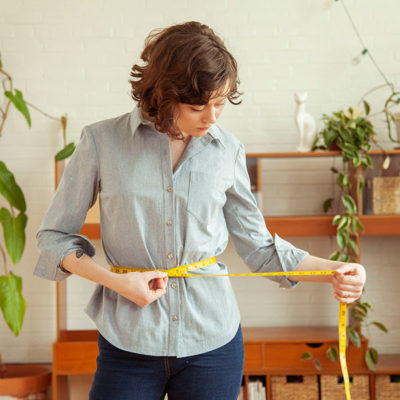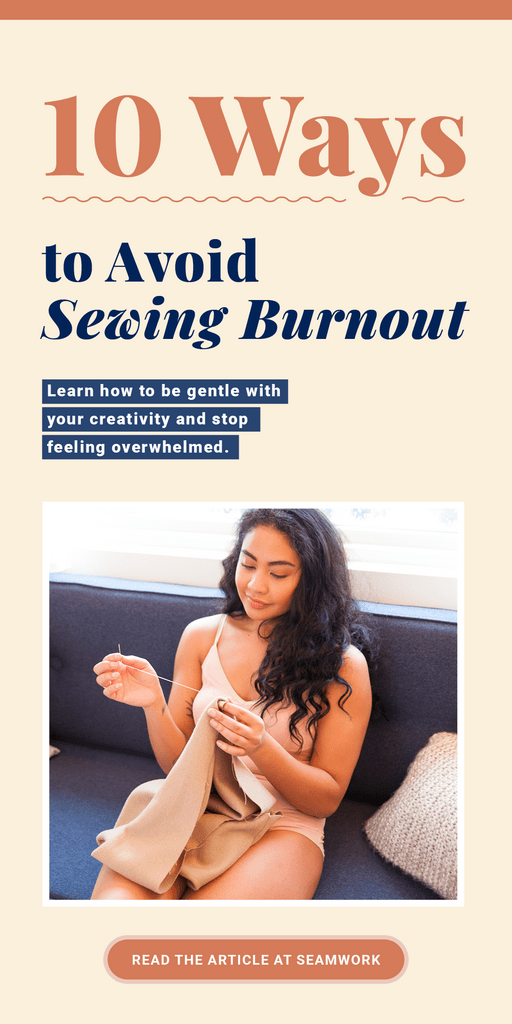When your favorite creative practice makes you feel burned out, it can be upsetting and frustrating. One way to sort through overwhelm is to create a to-do list and start checking it off, but what if scheduling your creativity bums you out even more? You’re often advised just to take a break, but what if you really want to work through your burnout and get back to sewing?
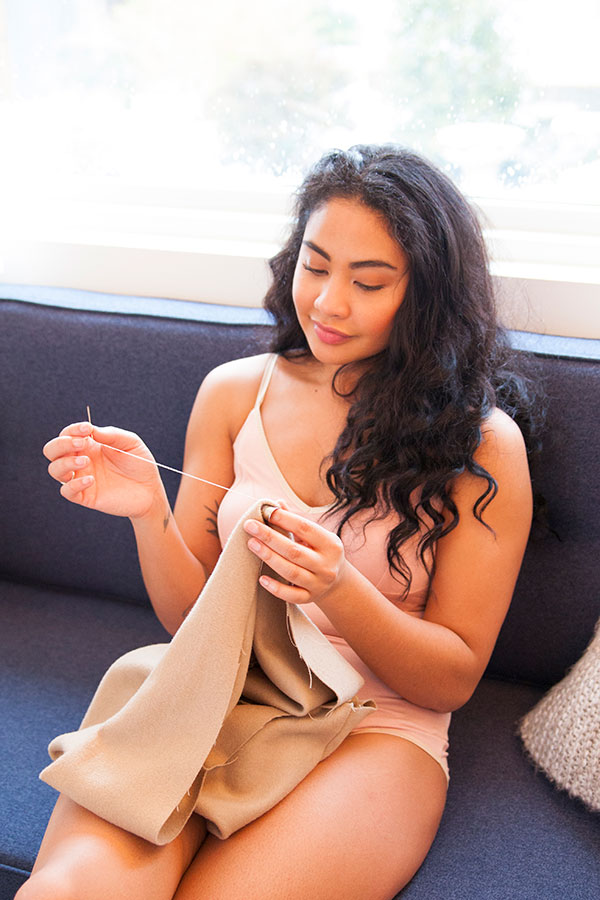
Here are some ideas to help you establish a balanced creative practice and avoid sewing burnout.
1. Turn down the “noise.”
If the thought of your next sewing project gives you some nervous sweats, turn down the volume. You are likely receiving more information than you can express.
If you start to feel burnt out, turn down the noise. Take a break from reading sewing blogs and sketch your dream outfits instead. Pause social media for a few days so you can envision your style without the influence of hashtags. Read Finding and Tending Your Creativity from issue 39 to explore more about receiving and expressing creative ideas.
2. Embrace sporadic sewing.
Ebb and flow, creative burst, sporadic creativity—do any of these phrases apply to you? If so, you’ve already recognized an important truth about your creative flow. It comes and goes!
Embrace sporadic sewing—jump to your machine when it feels right, and then be gentle with your creativity when you aren’t feeling inspired.
Says one self-identified sporadic sewist on the Community, “I am in a creative energy burst just now and sewing heaps, but it just makes me want to sew all the things, then I get overwhelmed and don’t want to sew any of the things… but I still want the things. Oh, dear.”
Sporadic sewists might only make one thing every few months, but that doesn’t mean this craft isn’t a huge part of their lives. Might you be a sporadic sewist?
Take our sewing quiz to find out more about your sewing style.

3. Escape analysis paralysis.
In most cases, it’s not the act of stitching that causes us to burn out. It’s usually all the other aspects of sewing that burn us out—planning, prepping, cutting, making muslins, a dozen new pattern releases in one month. If you find that your burnout occurs before you even sit down at your machine, try to get unstuck by removing the barriers in advance.
- If you’re stuck picking out the next pattern to make, ask yourself, can I wear this pattern with at least 3 other garments in my closet?
- If you’re stuck on Pinterest, take a walk outside and find new sources of inspiration for your wardrobe, just like Robin did in her article, Planning a Wardrobe During Lockdown.
- Read how Dani learned to stop worrying and make the plan.
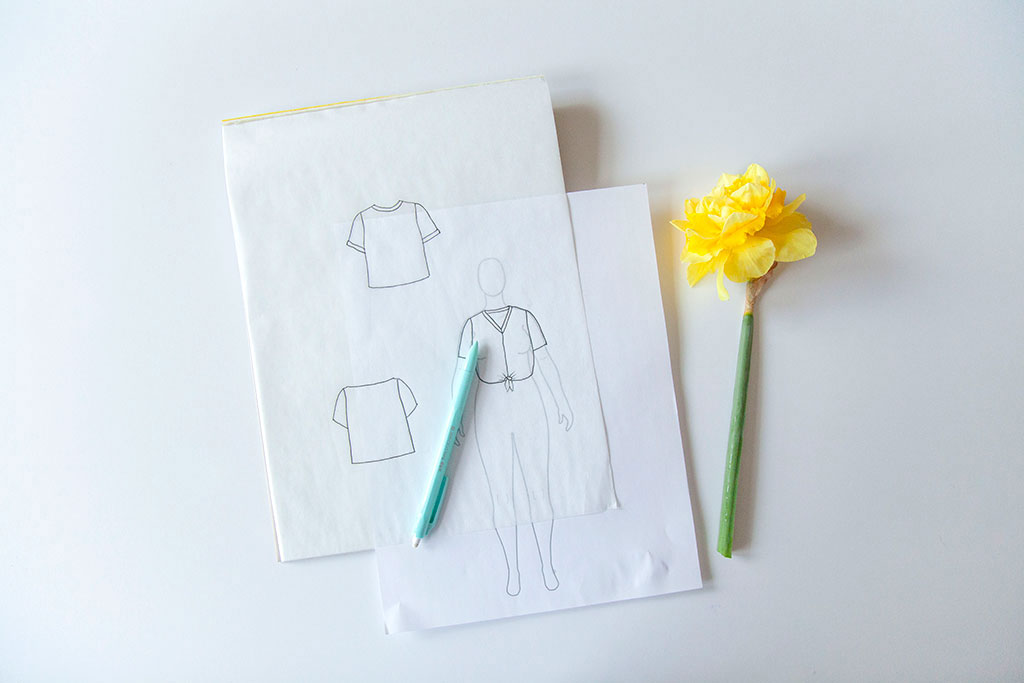
4. Go fabric shopping—in your stash.
Organize your fabric, find a new way to fold it—listen to this episode of Seamwork Radio for some inspiration—or catalog your swatches and yardage. These are all sewing-adjacent activities that keep you touching fabric.
Are you feeling burned out about the size of your stash? Read Do I Need a Fabric Stash? from issue 56 to explore the joys and pitfalls of having a big stash.
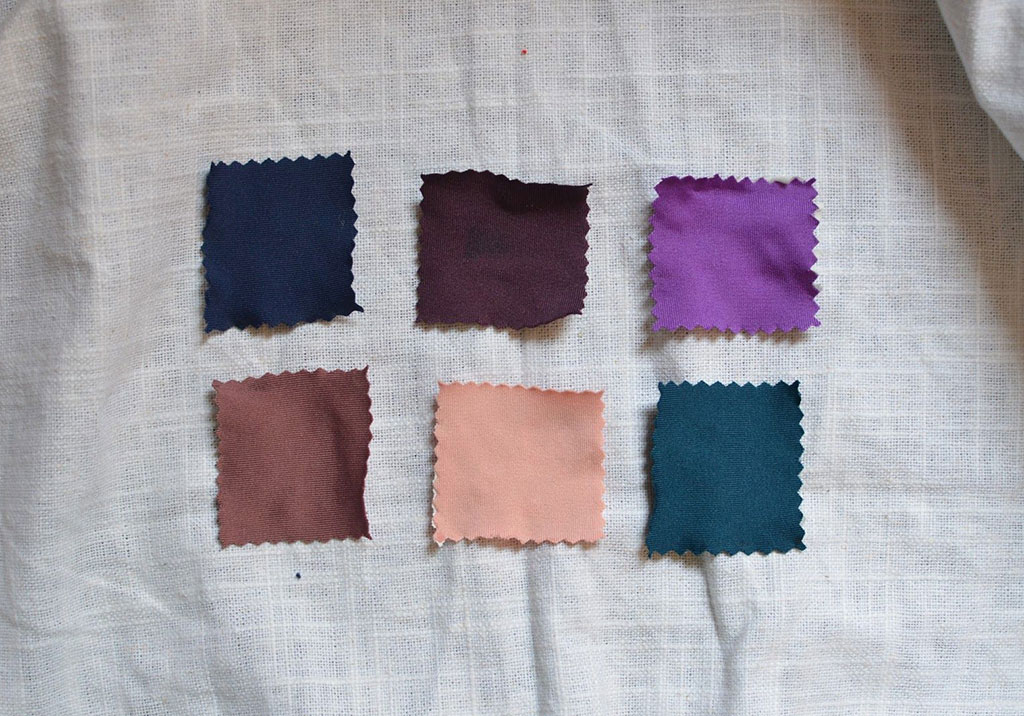
5. Give your garment a time-out.
If you’re really struggling with fit or you’ve suffered sewing fail after sewing fail, take a beat and gather some support. Put your garment out of sight—in a box or a drawer—and walk away. Invest in some fitting resources (there’s a great list in Trudy’s article How to Make the Most of Your Muslin Toile). Or, if you are really burned out at the idea of anything involving a needle and thread, take a break and work on another creative pursuit, like painting, baking, gardening, exercise, music, or journaling.
6. Don’t mimic fast fashion—find your pace.
Slow sewing is a movement for a reason. If you started sewing to escape fast fashion, why would you want to replicate fast fashion in your sewing room? You don’t need to churn out garments at any pace other than the pace that works for your schedule and your goals.
If you started sewing to escape fast fashion, why would you want to replicate fast fashion in your sewing room?
7. Have some playtime.
When we interviewed textile artist Christi Johnson (listen to the podcast here) she said that playtime is the single most important part of creativity. “Through this playtime, I learned not to be too attached to the process of making. It became a natural part of my existence, and it’s what I return to regularly when I’m feeling out of balance.” Read her tips for playing with your fabric scraps for a fabric-related playtime exercise. How else can you incorporate playtime into your sewing practice?
8. Declutter, mend, or take inventory.
If the idea of making something new burns you out, take some time to appreciate what you already have. Follow these 4 ways to Make the Old New Again and repurpose what you already own. If you want to keep sewing, but the thought of a new project is overwhelming, mend a hole in a garment or practice some hand stitching.
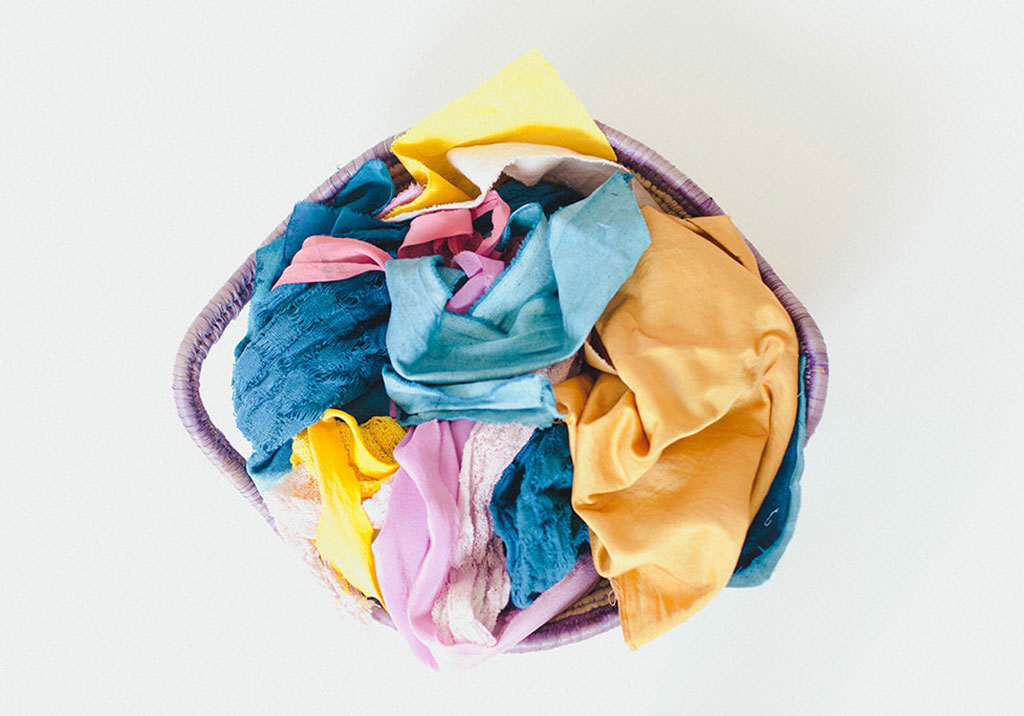
9. Phone a friend.
If you have a creative buddy, send them a message! Sometimes talking about why you are feeling burned out or stuck will help you feel better. If you’re a Seamwork member, the Community is a supportive place for any sewing-related feelings.
10. Let go of productivity shame.
In Sarai’s article, Letting Go of Productivity Shame from issue 67 of Seamwork, she encourages you to be gentle with yourself when you don’t feel like sewing. If you let go of the pressure always to be productive, sewing starts to feel like self-care. “We carve out the time for it because we want to, not because we told ourselves we would, or because we need to use our time efficiently. Then it becomes a real way to rest and recuperate.”
If you feel overwhelmed and your time sewing feels more like a chore than a creative practice, it’s ok not to sew. Just make sure to get a nice cover for your machine to keep it safe and clean for when you’re ready to come back to it.


